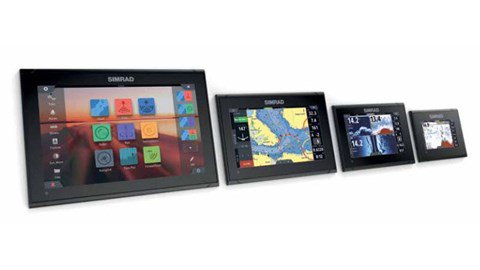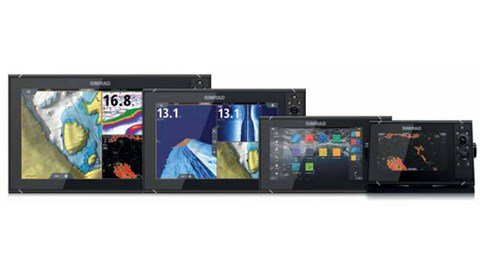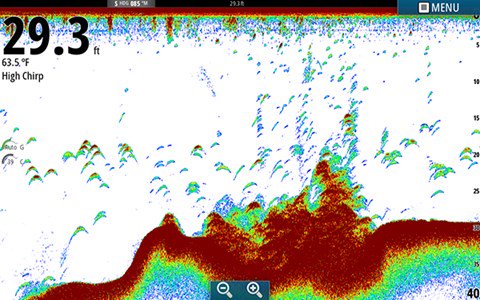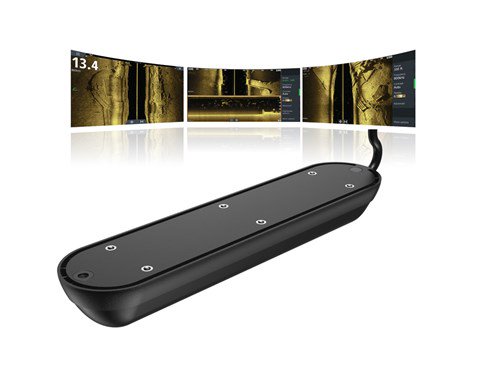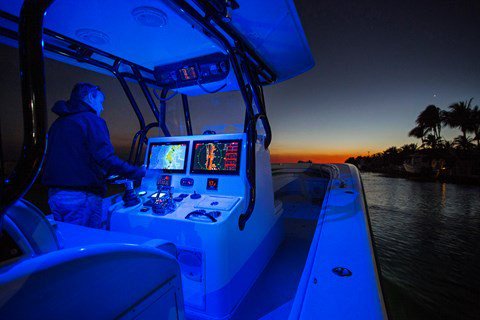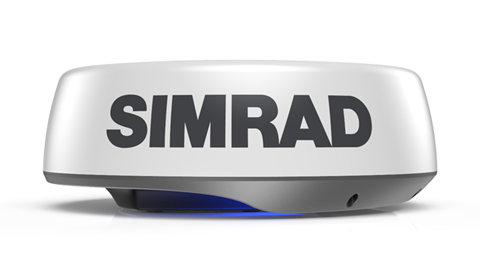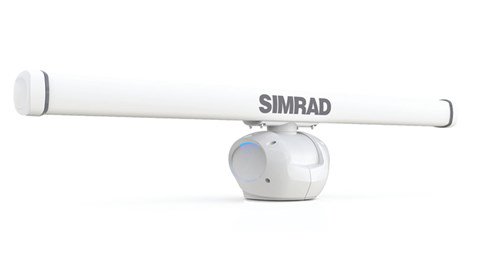CHIRP sonar is a powerful bottom-tracking and fish-finding tool. By continuously sweeping through a range of frequencies, CHIRP exceeds many common limitations of single-frequency broadband sonar. While it produces the same side-on echosounder view, CHIRP offers substantially less noise and greater target separation – for example, the ability to discern individual baitfish within a school, or to see multiple closely-spaced game fish that may appear as one target on a broadband sounder.
As with broadband sonar, CHIRP transducers are available in a range of frequencies to suit different depths and applications. Simrad SonarHub™ modules and NSS evo2 displays are also capable of delivering CHIRP functionality using conventional single-frequency transducers, allowing easy and cost-effective retrofit of CHIRP technology into vessels currently wired for broadband sonar.
- Low CHIRP
Accurately track the bottom in deep water (compatible with 50 kHz single-frequency transducers)
- Medium CHIRP
Greater resolution than Low CHIRP, with minimal loss of depth penetration (compatible with 83 kHz single-frequency transducers)
- High CHIRP
High resolution, for the greatest image quality in shallow water (compatible with 200 kHz single-frequency transducers)
Dual-channel CHIRP transducers, exclusively compatible with the Simrad BSM-3 Broadband Sounder module, are able to sweep two frequency ranges simultaneously. For example, this offers the ability to scan the upper water column in high resolution with High CHIRP, while at the same time employing Low CHIRP for superior bottom tracking.
